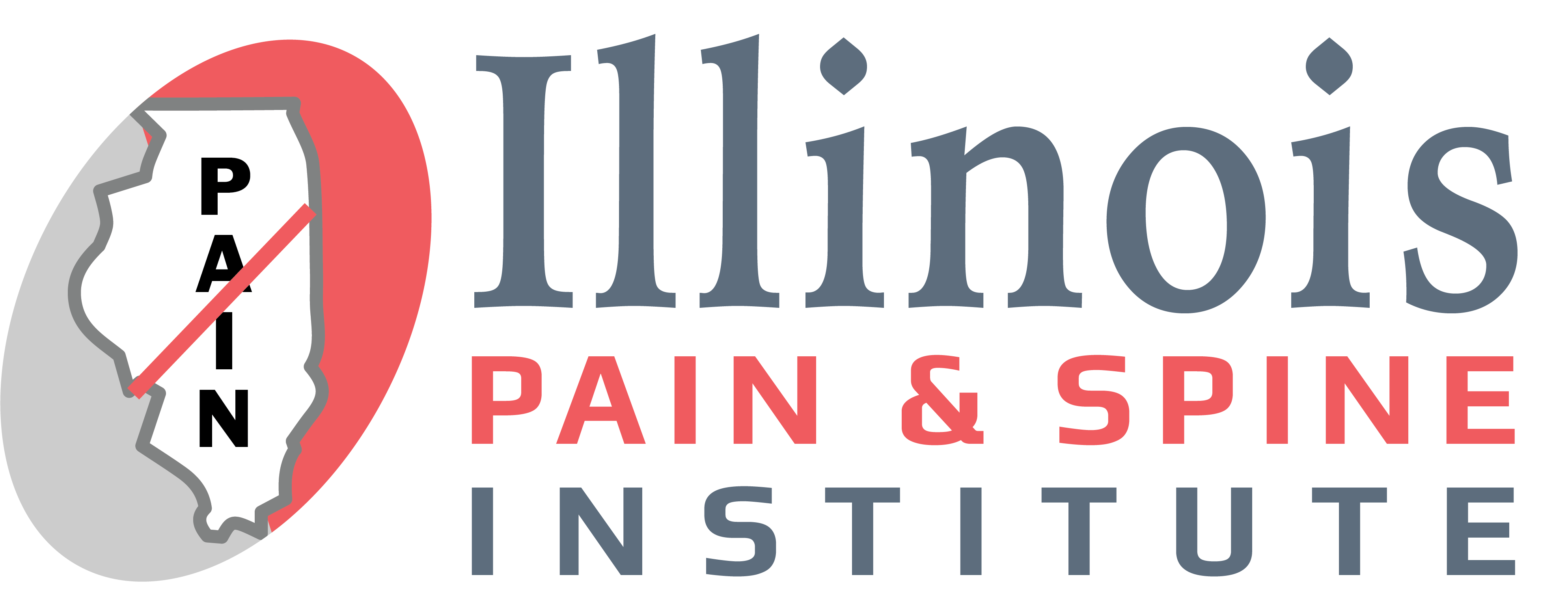
21 Nov How Long Does Ketamine Treatment Last?
Chronic pain is a problem that affects millions of people worldwide. Standard chronic pain treatments often have limited effectiveness and can cause significant side effects. Ketamine is a medication used for many years as an anesthetic for surgery. Recently, ketamine has been an effective treatment for chronic pain.
Ketamine is a dissociative anesthetic that blocks NMDA receptors in the brain. NMDA is a neurotransmitter that is involved in pain signaling. By blocking NMDA receptors, ketamine can reduce or eliminate chronic pain.
Mental illnesses like depression, anxiety, and PTSD can also cause chronic pain. Ketamine is an effective treatment for these conditions as well.
The correct diagnosis is crucial for finding the best treatment approach. Pain management specialists can help identify the source of your pain and develop a proper treatment plan that is right for you.
Read more: The Importance Of An Accurate Diagnosis In Pain Management.
Ketamine treatment is usually given intravenously (IV) in a healthcare setting. The length of the infusion can vary depending on the severity of the pain and the response to treatment. A typical ketamine treatment session lasts for about 40 minutes. The effects of ketamine can last for hours or even days.
Read on to understand how ketamine works, the potential side effects, and what to expect during treatment.
How Does Ketamine Affect Your Body?
The brain has a complex network of cells that pass signals back and forth. These cells are called neurons and use a chemical called neurotransmitters to communicate.
Ketamine binds to a receptor called the N-methyl-D-aspartate (NMDA) receptor in the brain. This binding prevents the neurotransmitter glutamate from binding to the receptor. Glutamate is essential for transmitting pain signals.
So, by binding to the NMDA receptor, ketamine prevents pain signals from being transmitted. This is why it is effective at treating pain.
In addition to its pain-relieving properties, ketamine has sedative, dissociative, and hallucinogenic effects. These effects are caused by ketamine binding to other receptors in the brain, including the serotonin receptor. The serotonin receptor is responsible for mood and emotion.
Ketamine also binds to the dopamine receptor. Dopamine is a neurotransmitter responsible for the pleasurable effects of cocaine and methamphetamine.
How Long Do These Effects Last?
-
Dosage
The ideal dose of ketamine for pain relief has not been established. A standard dose range of 0.5 to 2 mg/kg is given by slow intravenous infusion over 15 to 30 minutes.
-
Frequency of Use
People suffering from chronic pain often find that traditional pain relief methods, such as opioids, are no longer effective. This can lead to them searching for other options, which is where ketamine comes in.
-
Method of Administration
There are two methods of administration for ketamine: intravenous (IV) and intramuscular (IM). IV administration is the most common, allowing for a more controlled dose. IM administration is less common but may be used when IV administration is impossible.
-
Presence of Other Illnesses
If a patient suffers from other illnesses, this will also affect the duration of ketamine treatment. For example, if a patient suffers from depression and chronic pain, it may take longer for the ketamine treatment to be effective.
Illinois Pain & Spine Institute is a Chicago pain center. We offer pain management services, including ketamine therapy, spinal cord stimulator implants, and more. Our goal is to let you find relief from your chronic pain so you can live a fuller life.

